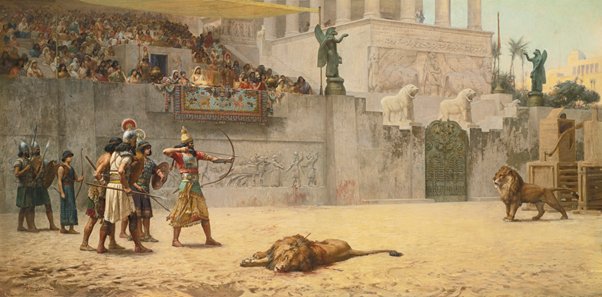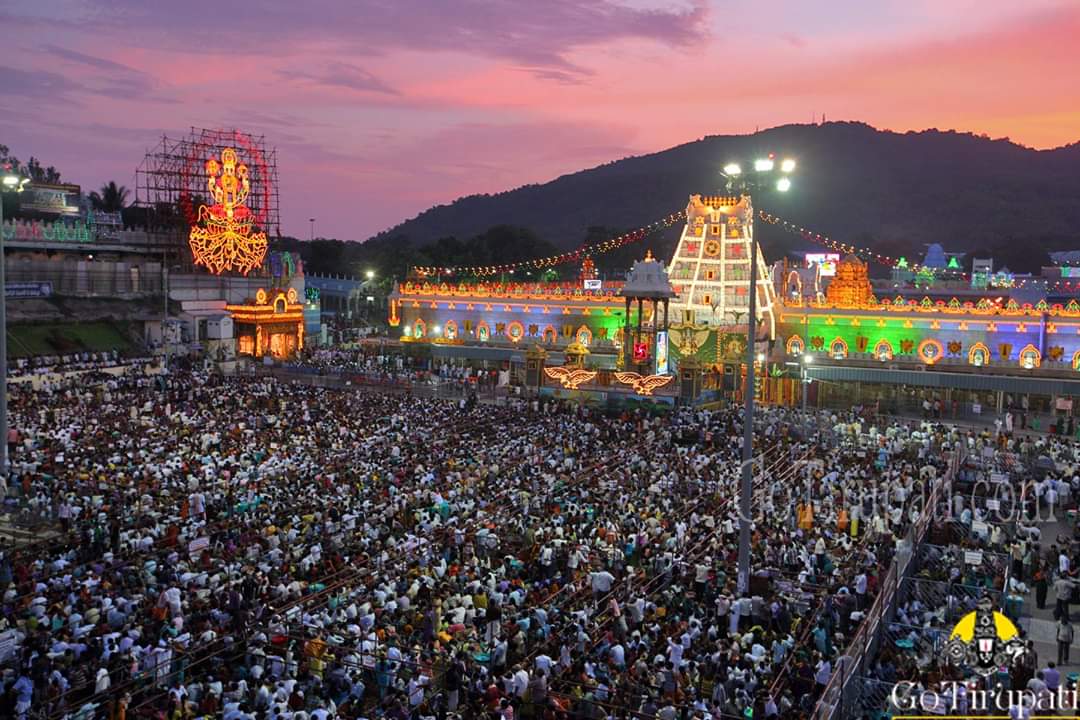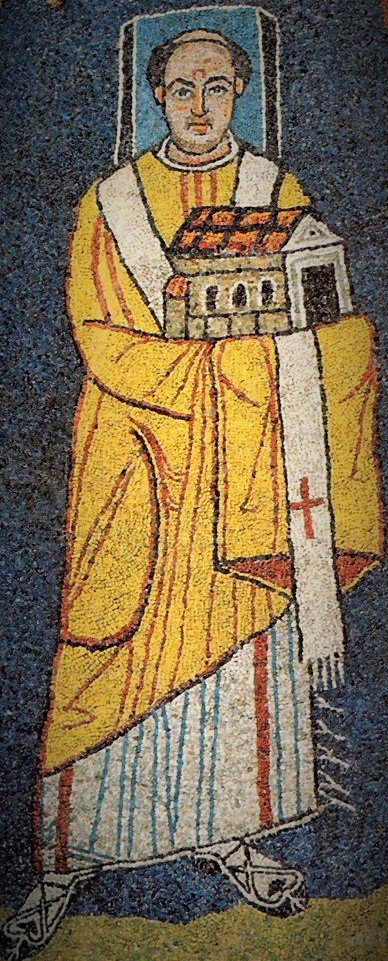Here's a thread exploring the lion's footprint in the cultures of ancient Iraq, Iran & Turkey, with some modern photos for comparison.
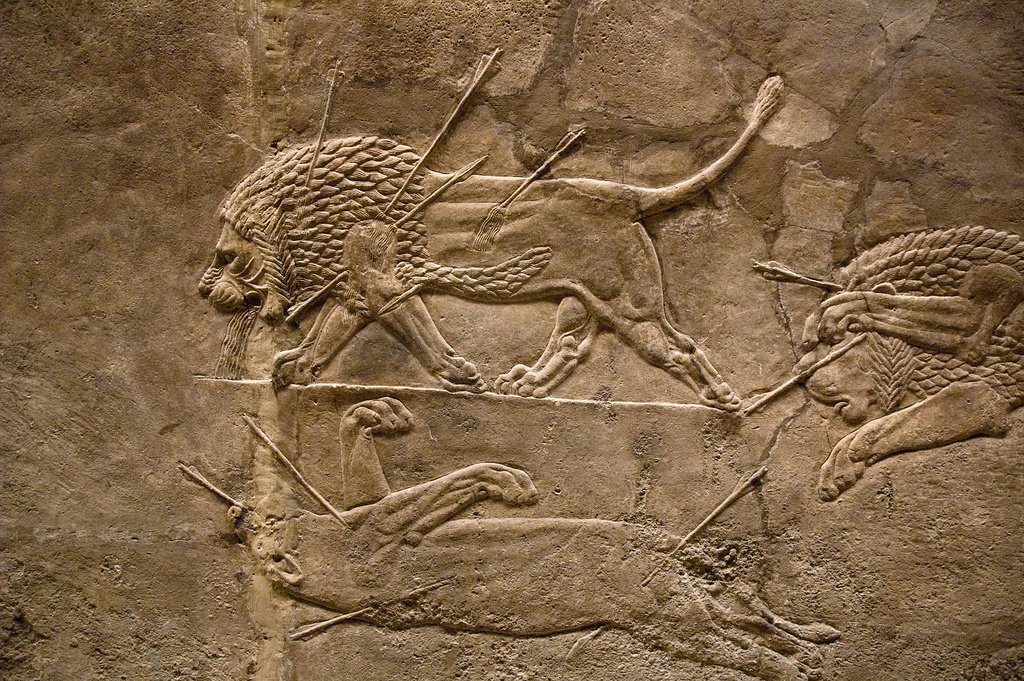
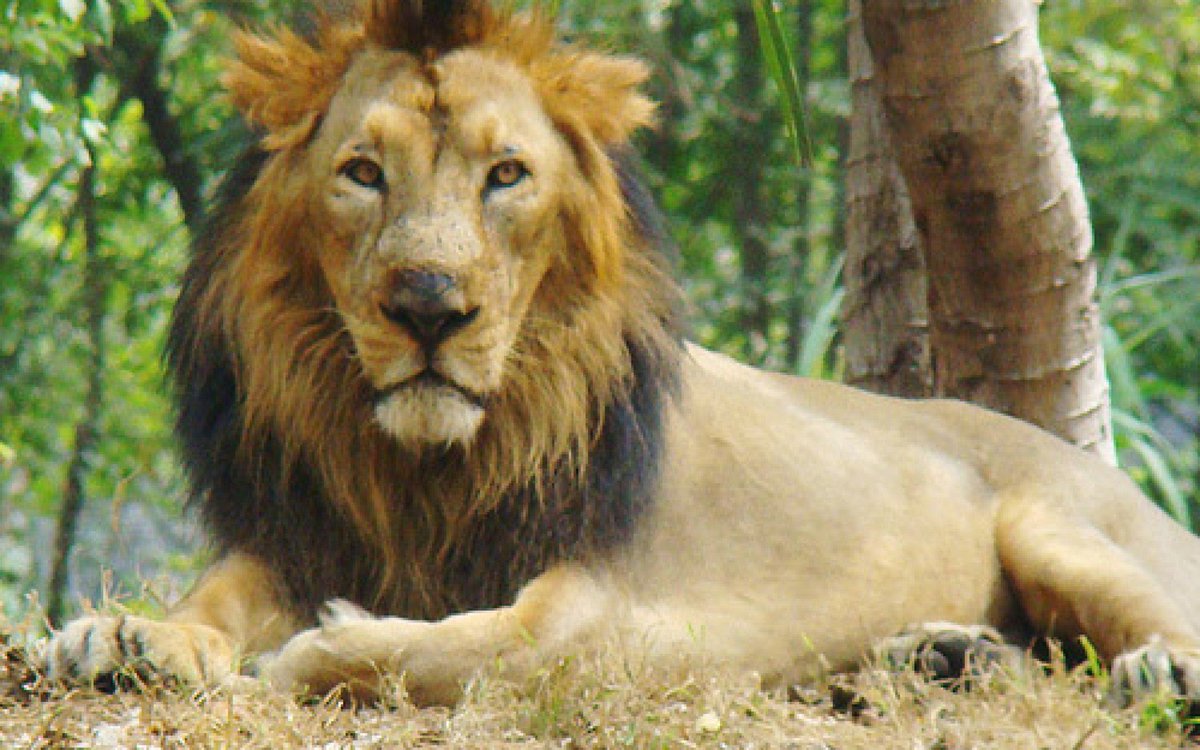
Their scant mane means the ears of the male are always visible.
(lion statue in Persepolis, Iran)
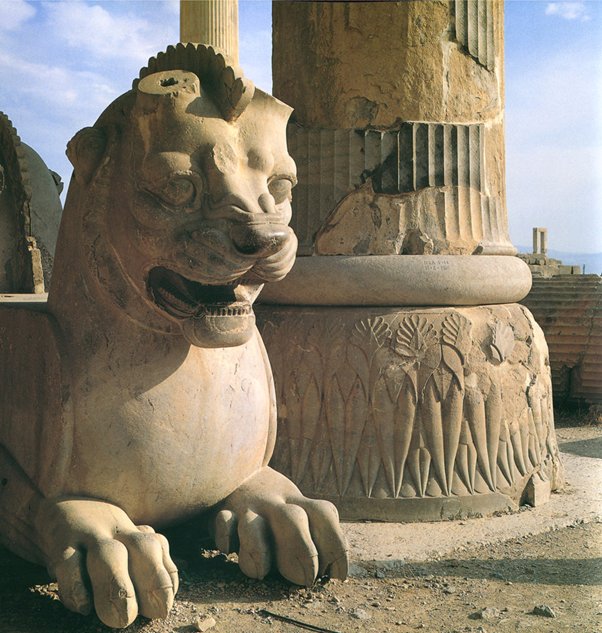

(“The Lion of Babylon” in Babylon, Iraq. Possibly brought as spoils from Hittite lands.)
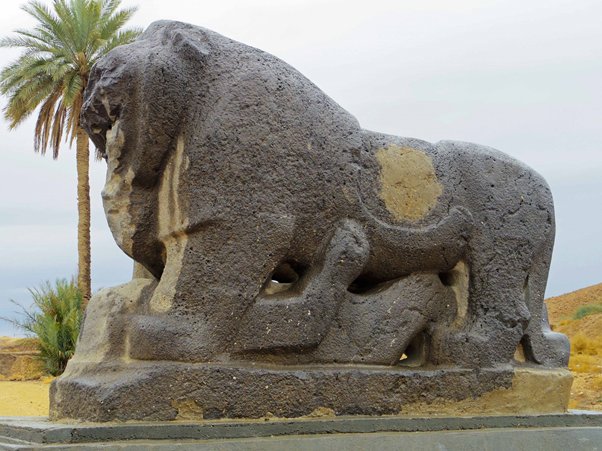
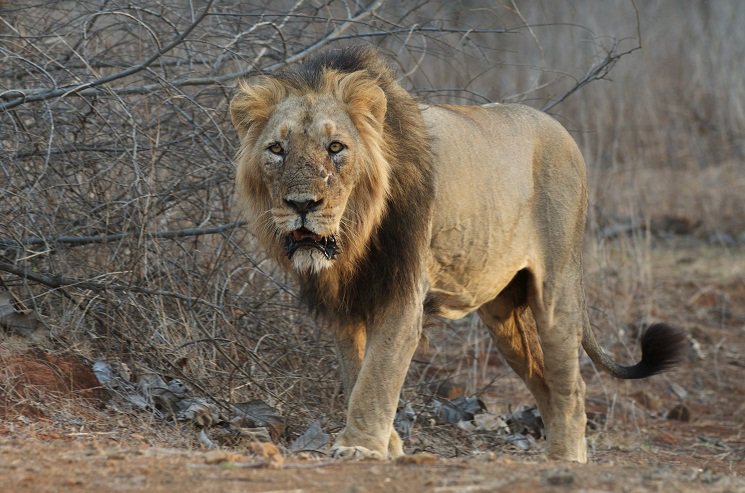
The ruins of Persepolis, Iran, show a carving of a stylised lion leaping on a bull, possibly also depicting the astrological ascendancy of Leo over Taurus.
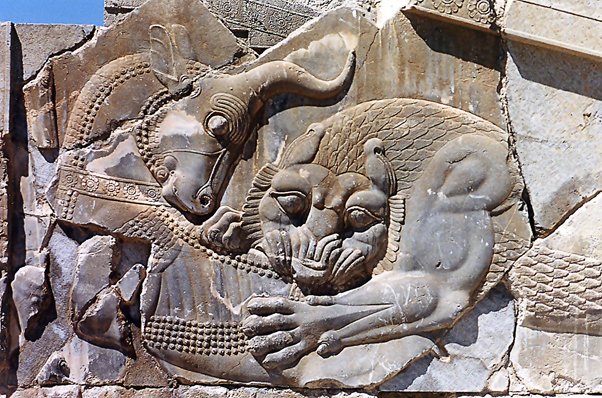
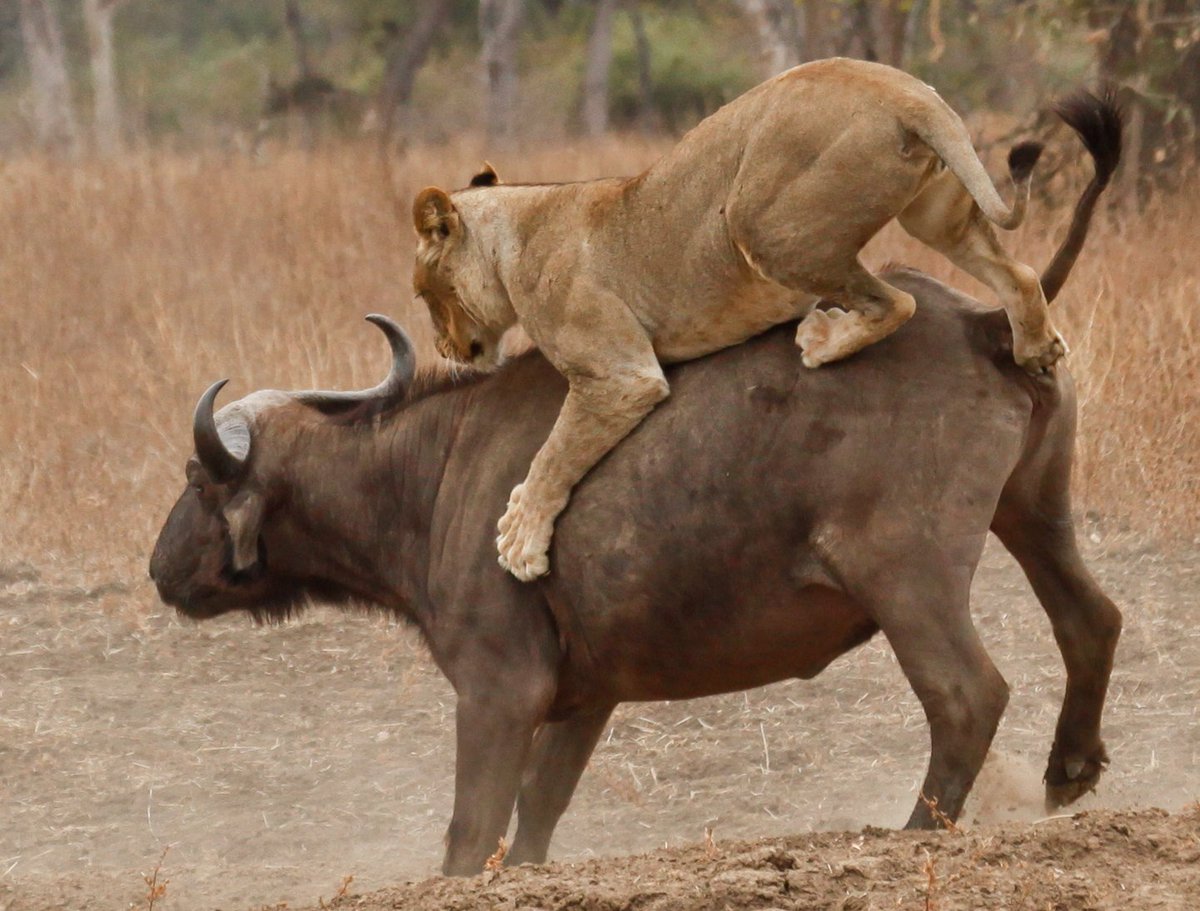
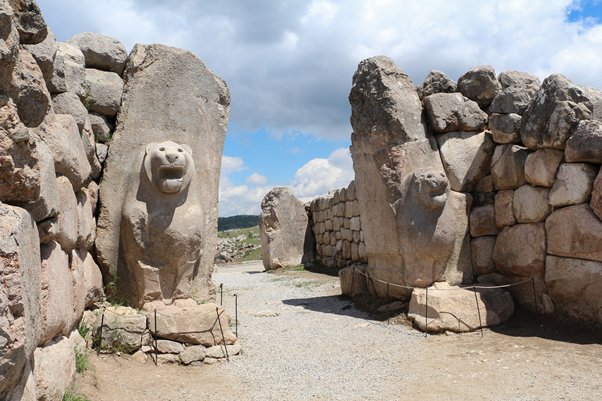

(Elamite copper lion, c. 2000 BCE)
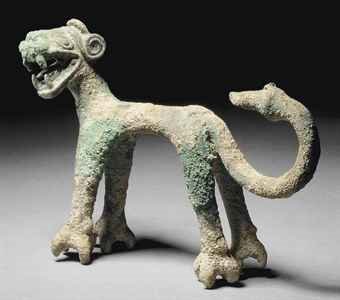
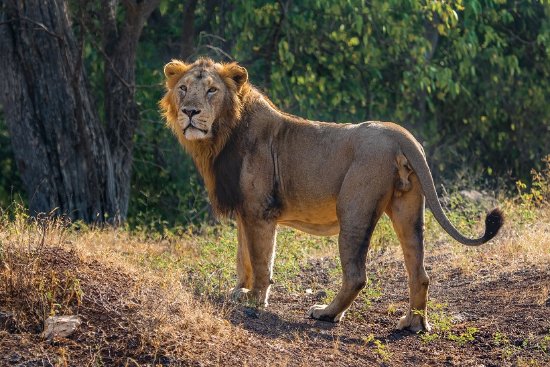
(Sumerian guardian lion)
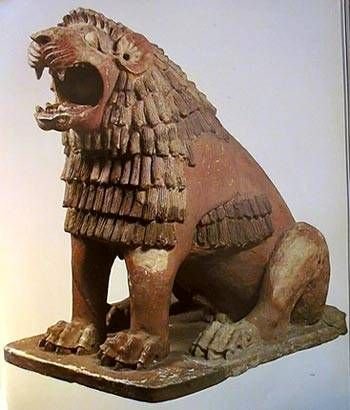
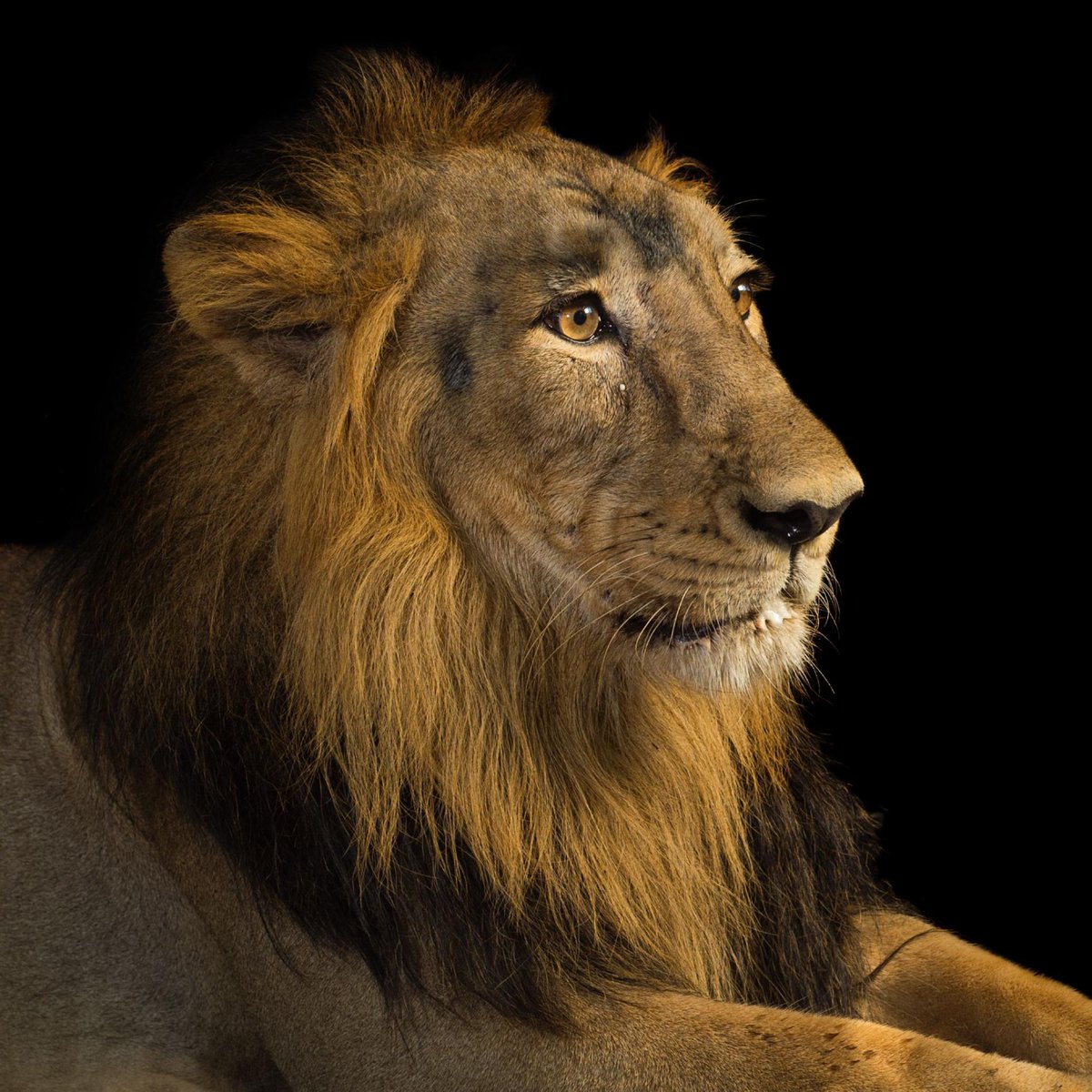
‘The hills resound with their roaring. The other wild animals tremble… The bodies of men, cows and sheep lie in mounds as though the plague has killed them.’
(lion from Elam)


When his master is slow in replying to his letters, he begins feeding the lion so that it doesn’t get hungry enough to break out.
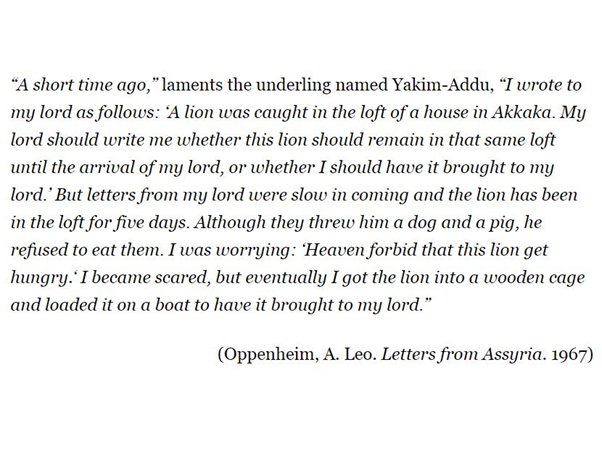
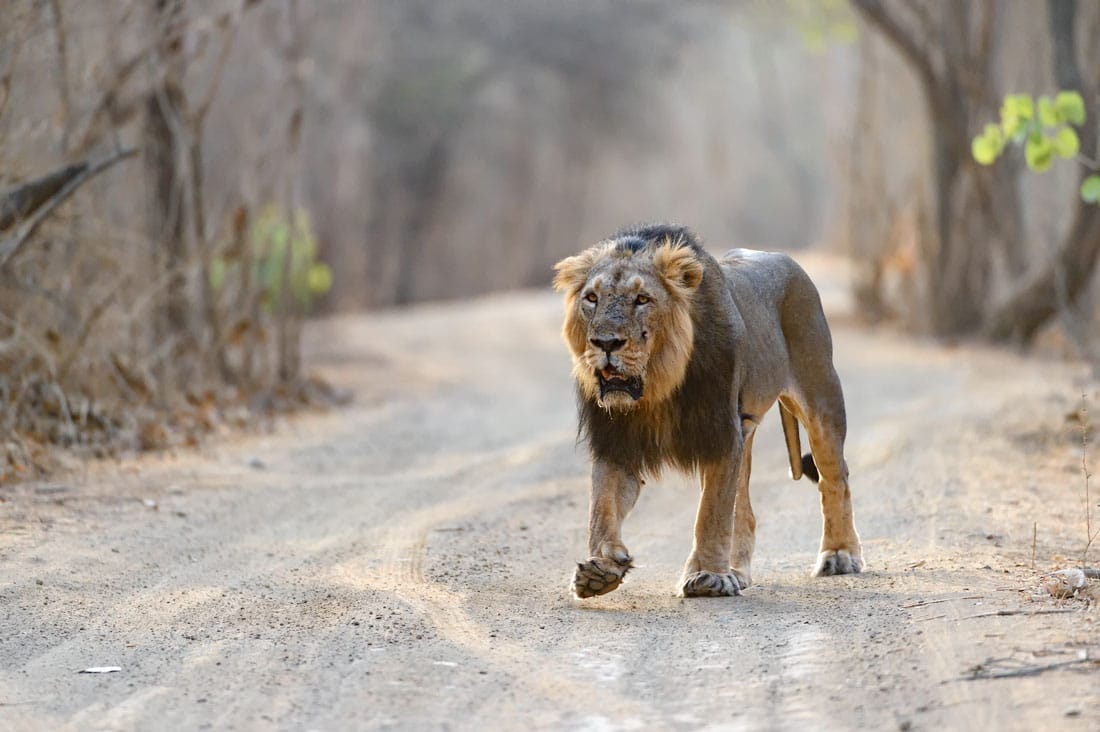
Associated with the goddess Ishtar, they featured prominently in temple as well as palace architecture.
(Head of a lion temple guardian from Babylon)
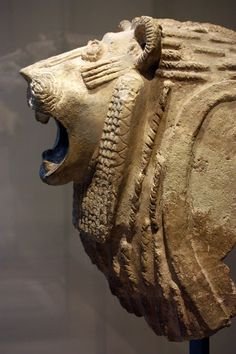

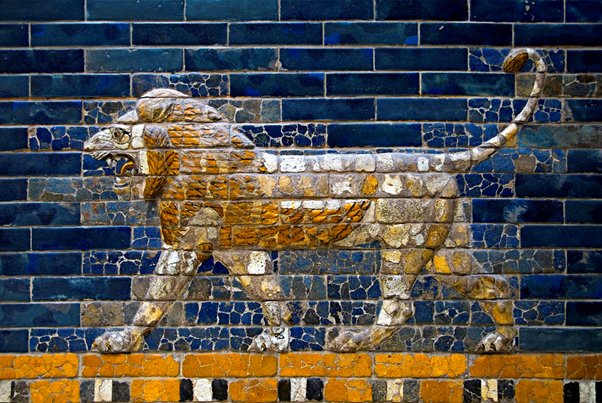
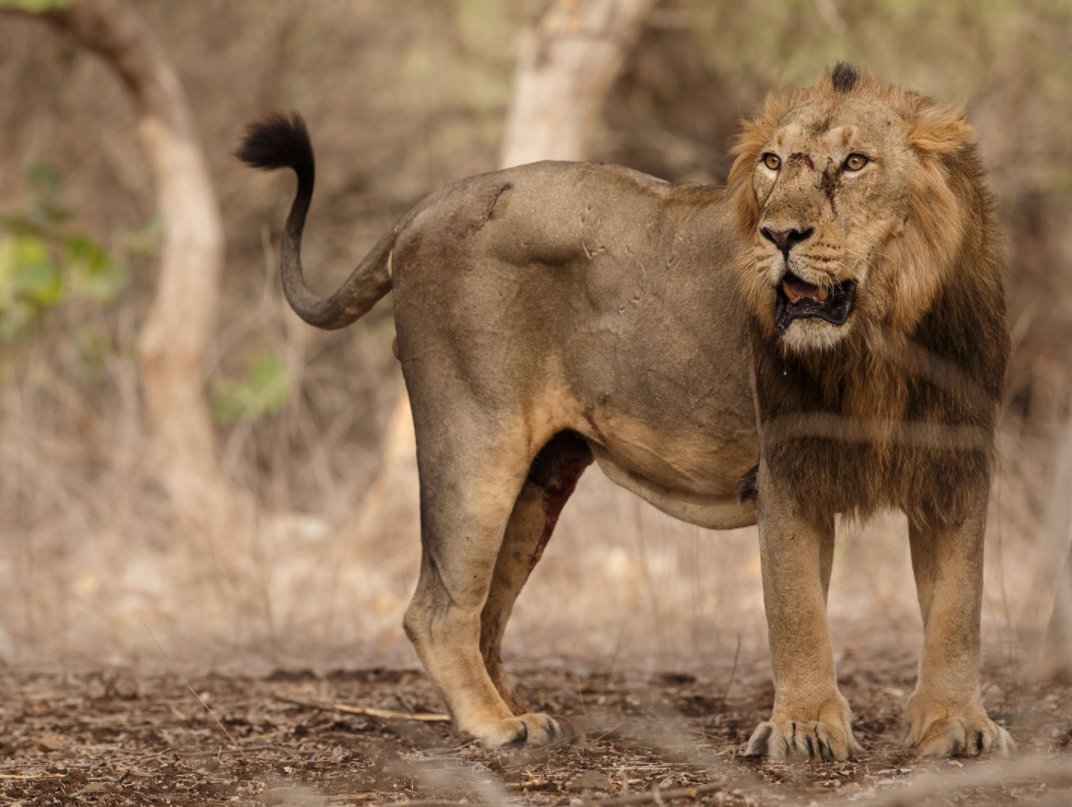
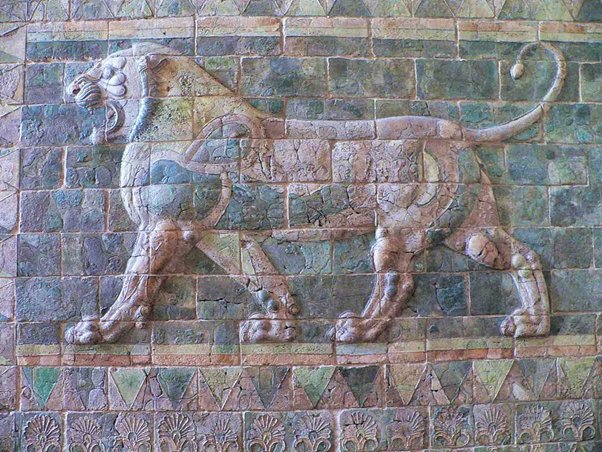
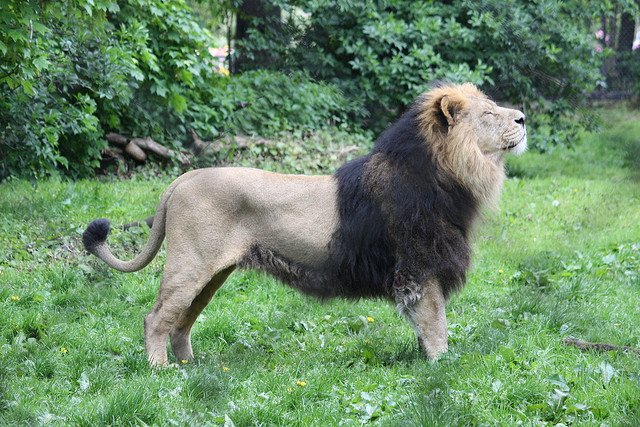
These reliefs from the North Palace of Nineveh, in present-day Mosul, are widely regarded as "the supreme masterpieces of Assyrian art".
(CW: ancient animal cruelty)
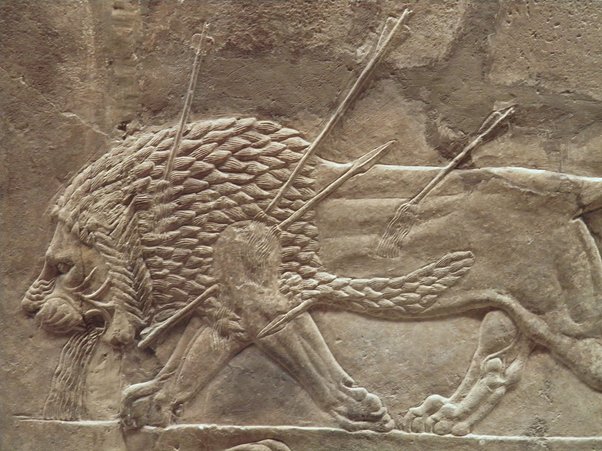
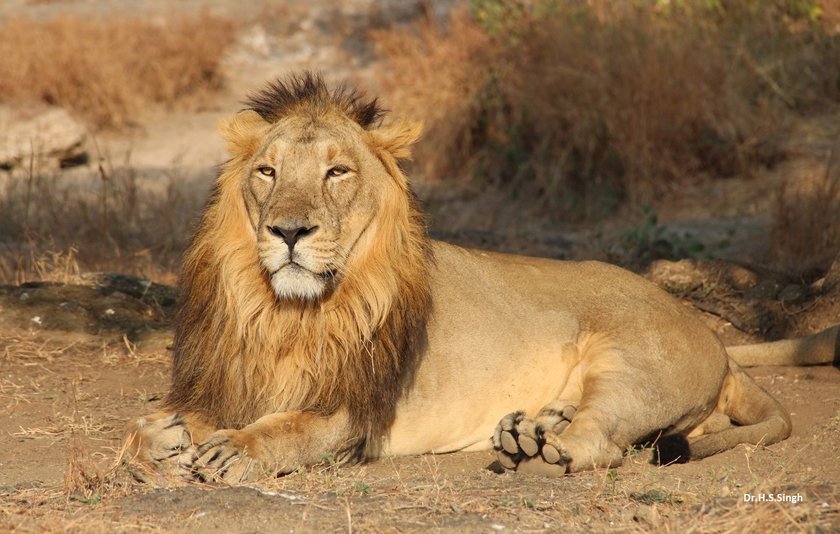
This cruder example, for instance, is from the Nimrud palace of King Ashurnasirpal, in the C9th BCE, some 200 years earlier.
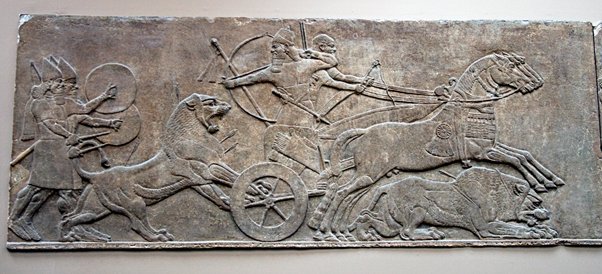
The reliefs show the king in an arena, where captured Asiatic lions were released from cages for him to slaughter with arrows, spears, or sword.

Their expressions seem to betray human emotions completely absent in the human characters.
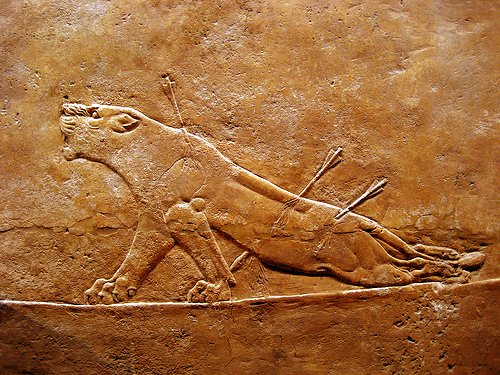
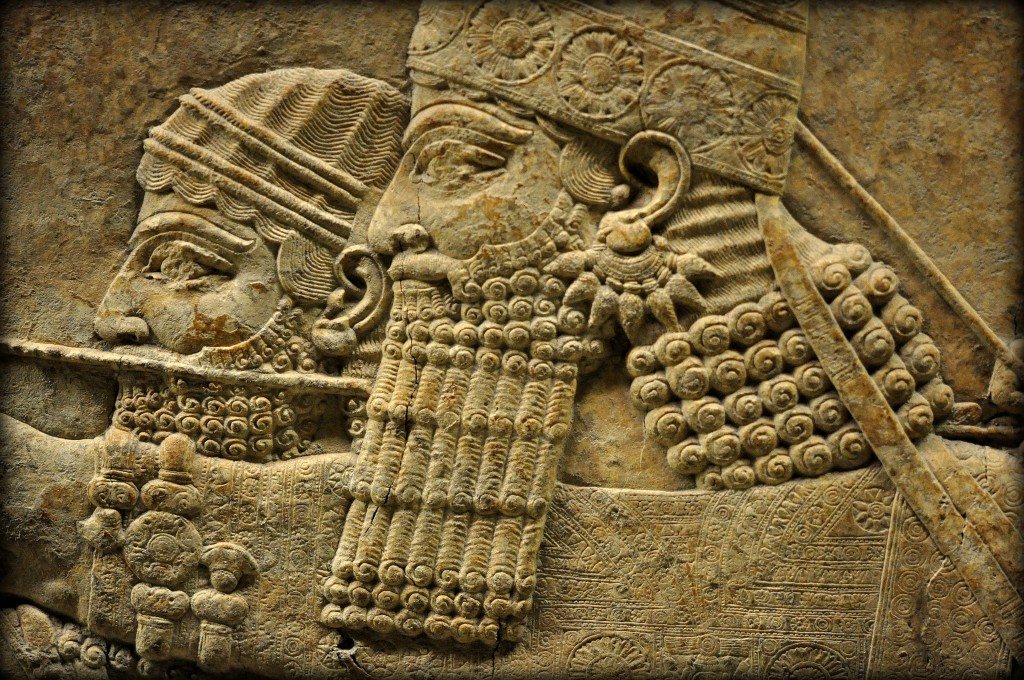
By 612 BCE, perhaps as little as 25 years after these were made, the entire Assyrian Empire had collapsed, & the great capital of Nineveh had been sacked & burned.
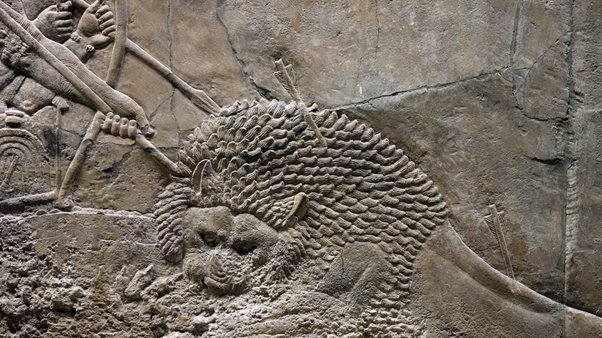
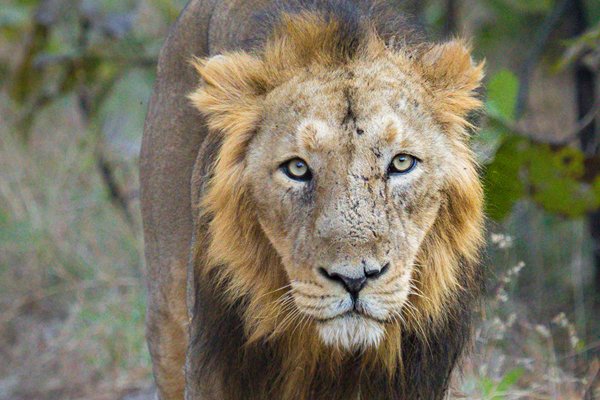
While these reports are no doubt exaggerated, sadly the history of the lion’s relationship with humanity has always been one characterised by slaughter.
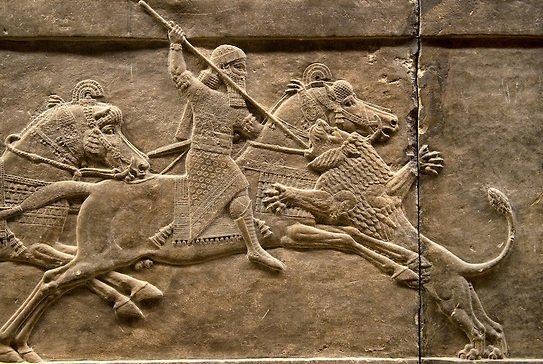
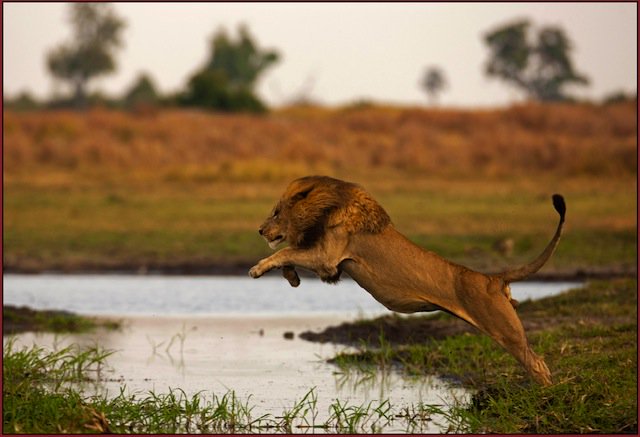
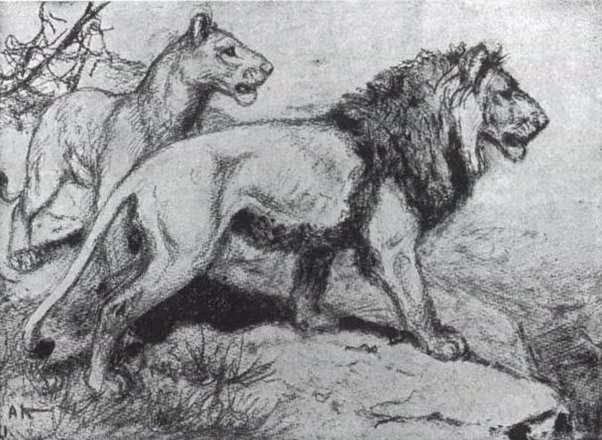
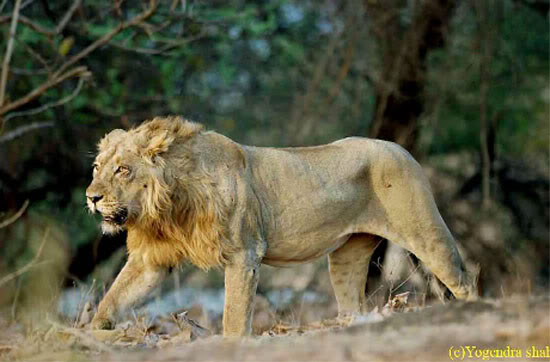
(Lion on a decorative panel from Darius I the Great's palace at Susa)
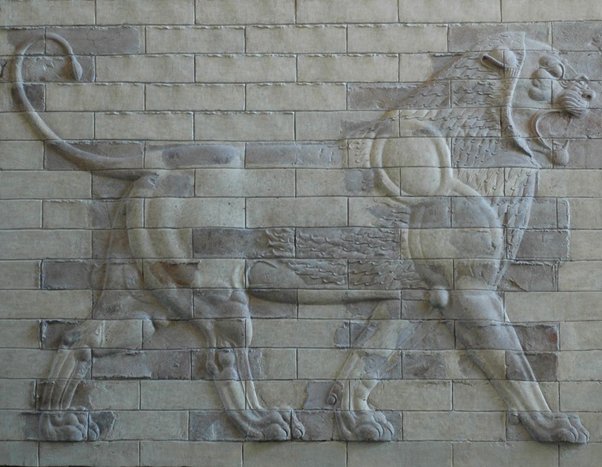
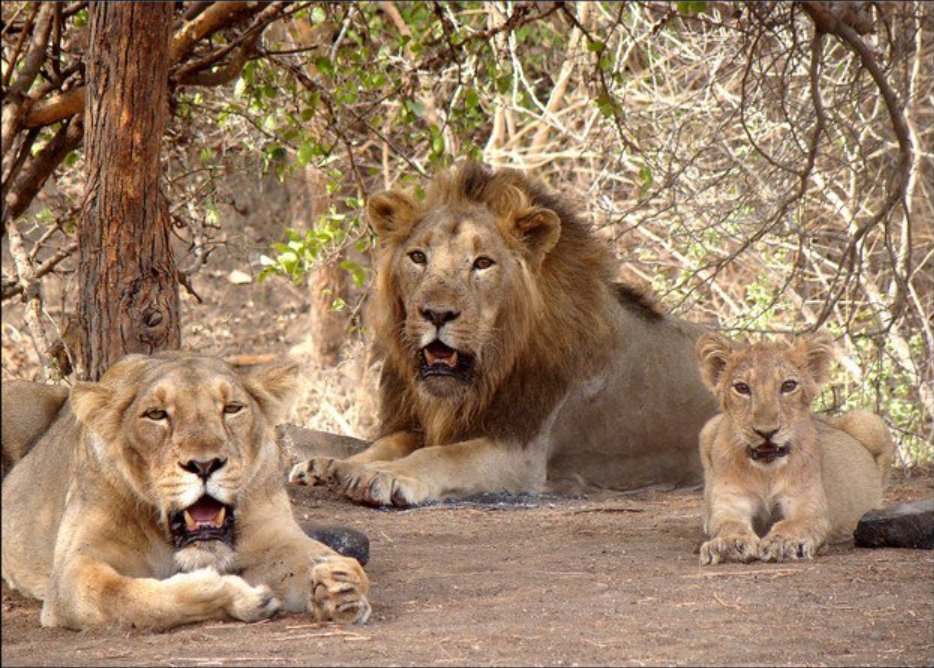
(A Sumerian cylinder seal, depicting a king hunting a lion while watched over by the God Ashur)
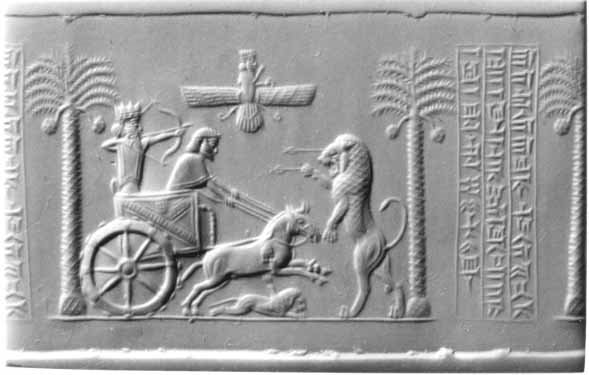
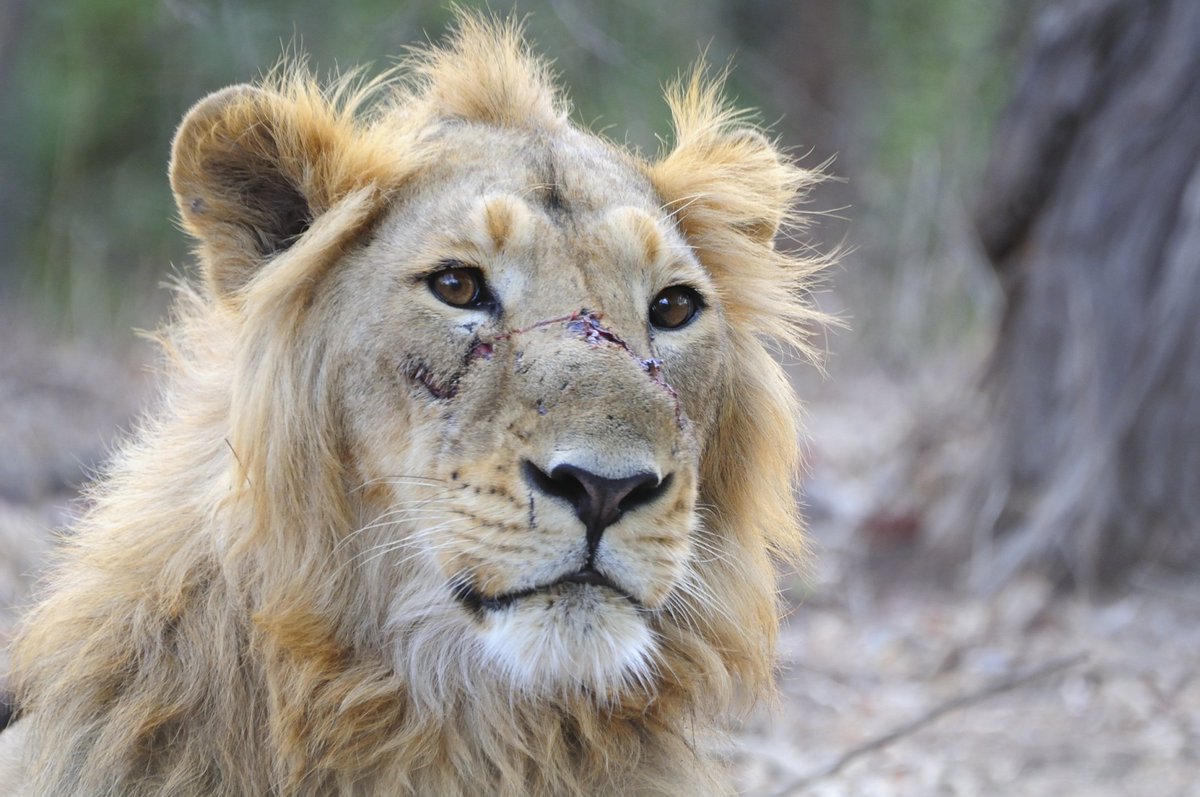
Another list of worldwide charities working with lions is here: savingwild.com/2015/08/11/9-b…
(Assyrian lion statue)
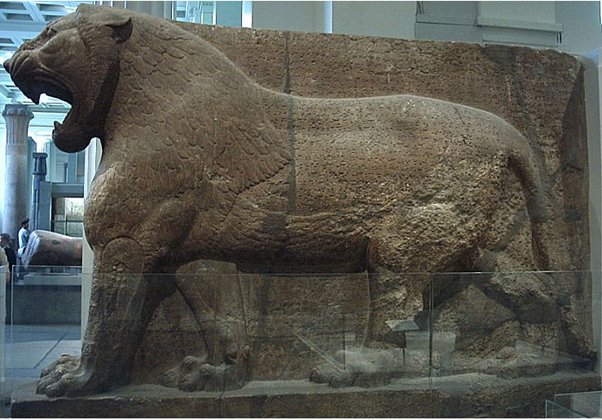

To finish, here is an 1878 painting by Orientalist Frederick Arthur Bridgman, depicting Ashurbanipal hunting lions with his bow: "The Diversion of an Assyrian King"
